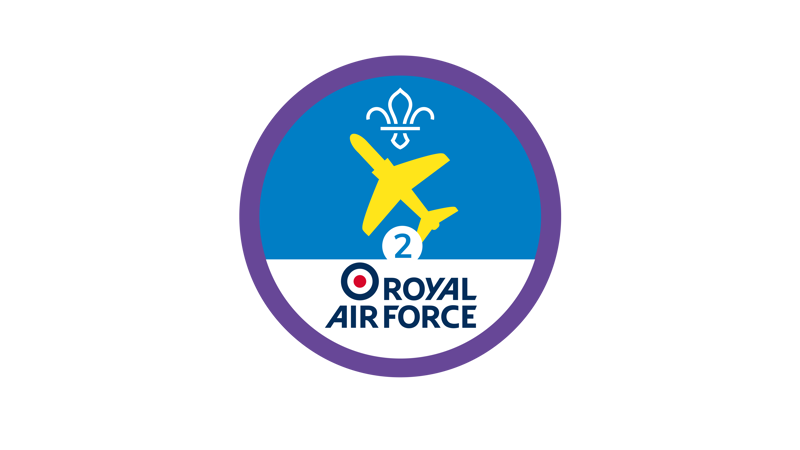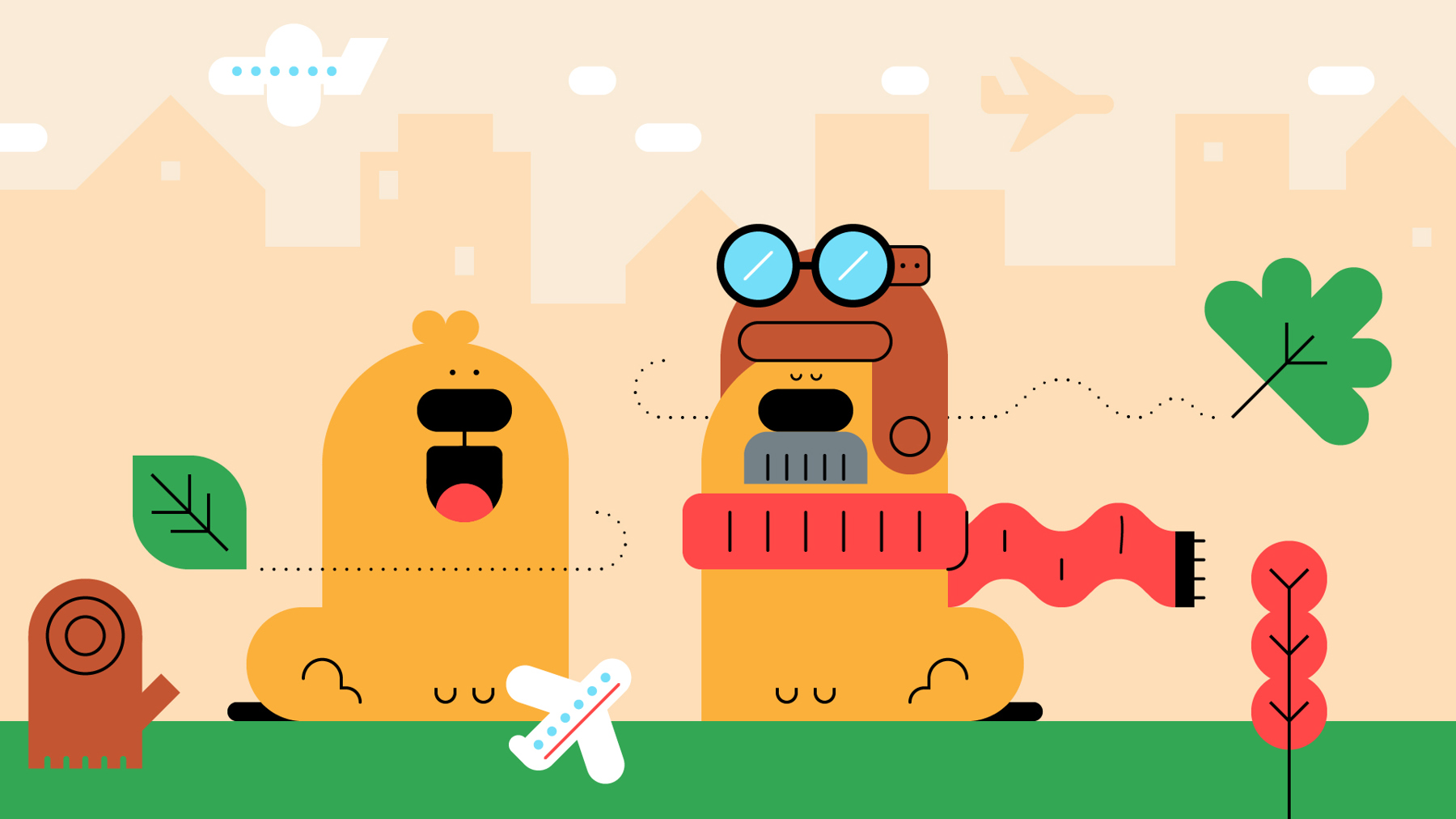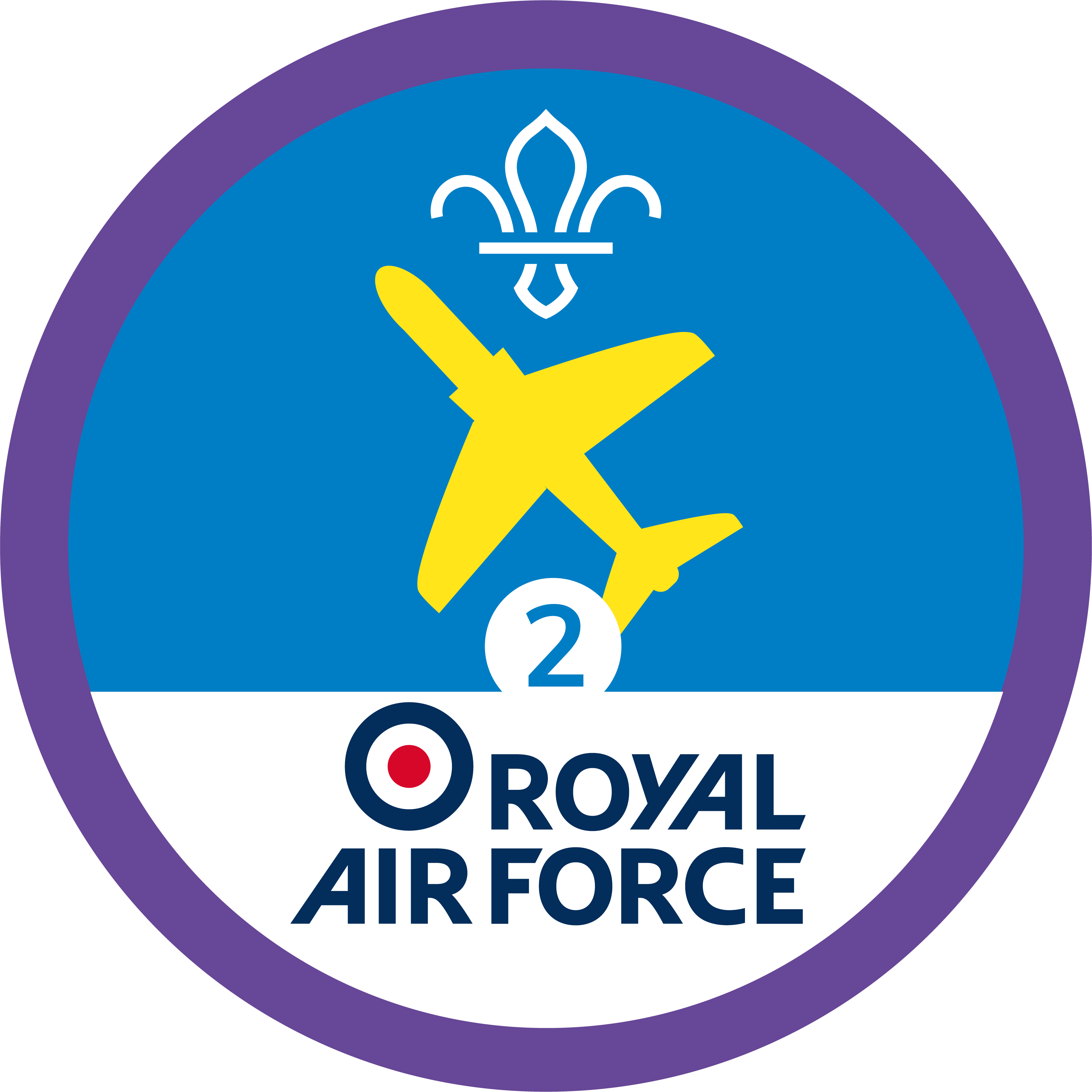
Peer pilots
You’ll need
- Pens or pencils
- A4 paper

Before you begin
- You may need to give over a month’s notice to invite Air Scouts, so make contact and arrangements well in advance.
- You can find the details for your nearest Air Scout Group by contacting your District or County Commissioner.
- If there aren’t any local Air Scouts available to talk to you, try contacting the Air Cadets, ask parents and carers if they have piloting experience, or search online for local flying clubs or airfields.
- Make sure to check with the Air Scouts if they need any equipment.
Prepare your questions
- The meeting before the Air Scouts visit, the person leading the activity should give everyone time to think about and prepare questions to ask the pilots. They could split everyone into groups to come up with some questions, and someone could write them down.
For example, questions could include how long they’ve been flying and how flying makes them feel. Gather the questions and write each one on its own piece of paper: each question will be made into a paper aeroplane so needs to be on a separate sheet.
- The person leading the activity should brief the Air Scouts so they can prepare their answers.
The Air Scouts can suggest alternative games.
Introduce the pilots
- When the Air Scouts visit, everyone should sit in a circle and the person leading the activity should introduce them.
Highlight the fact that Air Scouts earn badges like other Scouts but specialise in air activities. Sea Scouts specialise in water activities.
- The person leading should introduce the phonetic alphabet so the group can play an icebreaker game and get to know each other better.
Aircraft can be noisy, so pilots use the phonetic alphabet to communicate: they spell out letters of the alphabet by using a corresponding word, which is easier to hear.
- The person leading the activity should make sure everyone understands how the phonetic alphabet works. They could do this by shouting out words from the alphabet and asking people to put up their hand or stand up if their name contains the relevant letter.
Players could use nicknames if their name is long.
- Play a phonetic alphabet game. When anyone hears a letter that’s in their first name they should jump up and swap places with someone else. When the person leading the activity shouts out “pilots!”, everyone should jump up and swap places.
Q&A with the pilots
- Everyone should take a question sheet and write their name on it.
If you have more than two Air Scouts, split everyone into smaller groups for the interview section.
- The Air Scouts and helpers should support everyone to make a basic paper aeroplane using their question sheet.
- Everyone should line up on one side of the room. They should take it in turns to throw their paper aeroplanes towards the opposite side of the room.
- Leaving the planes where they land, everyone should sit facing the pilots or in a circle with them.
- The person leading the activity should pick up the plane that flew the furthest, then hand it back to the person who threw it and ask them to read it out. They should continue picking up the questions until they’ve all been asked.
If there are additional questions, ask them if there’s time at the end.
- Everyone should thank the pilots for answering the questions and helping everyone learn more about flying.
Play a plane game
- Everyone should finish by playing a game about the forces of flying.
- The person leading the game should explain the forces involved in flying: thrust pushes the plane forward, drag slows the plane down, gravity pulls the plane down and lift moves the plane upwards.
The person leading the game should call out the forces while everyone does the corresponding action. Thrust – run forwards, drag – run backwards, gravity – fall down, and lift – jump.
Reflection
This activity encouraged everyone to build friendships with peers by asking about their flying experiences. How did everyone decide on the questions to ask them? Did anything surprise them? What was the most interesting thing they learned? Did they have any additional questions once the pilots had talked about flying? Maybe they said something about aircraft and flying which people didn’t previously know. Did the pilots inspire anyone to think about activities they’d like to try themselves?
An important part of having meaningful friendships is good communication. Everyone should think about what they did to show the Air Scouts they were interested in what they were saying, such as listening quietly as they spoke. They should also think about any Scout skills or experiences they’d like to share with their peers such as a community project or an exciting adventure.
Safety
All activities must be safely managed. You must complete a thorough risk assessment and take appropriate steps to reduce risk. Use the safety checklist to help you plan and risk assess your activity. Always get approval for the activity, and have suitable supervision and an InTouch process.
- Active games
The game area should be free of hazards. Explain the rules of the game clearly and have a clear way to communicate that the game must stop when needed. Take a look at our guidance on running active games safely.
- To make the phonetic alphabet game easier print out ‘Phonetic alphabet’ sheets for everyone to use during the game.
- To make it harder, call out two or three letters at a time.
- Visit the Air Scouts and if they have an airfield, organise a tour so your group can see and learn more about their aircraft.
- Find out in advance if any of the Air Scouts have additional support needs so you can prepare.
- The game can be played by sitting still and pointing in the right direction.
- If needed, the Air Scouts could read out the questions.
All Scout activities should be inclusive and accessible.
Visit an air show or display that the Air Scouts are involved in so you can see them in action.
Young people can change activities and come up with their format for the session but ask to see it in advance so you can risk assess and prepare.
